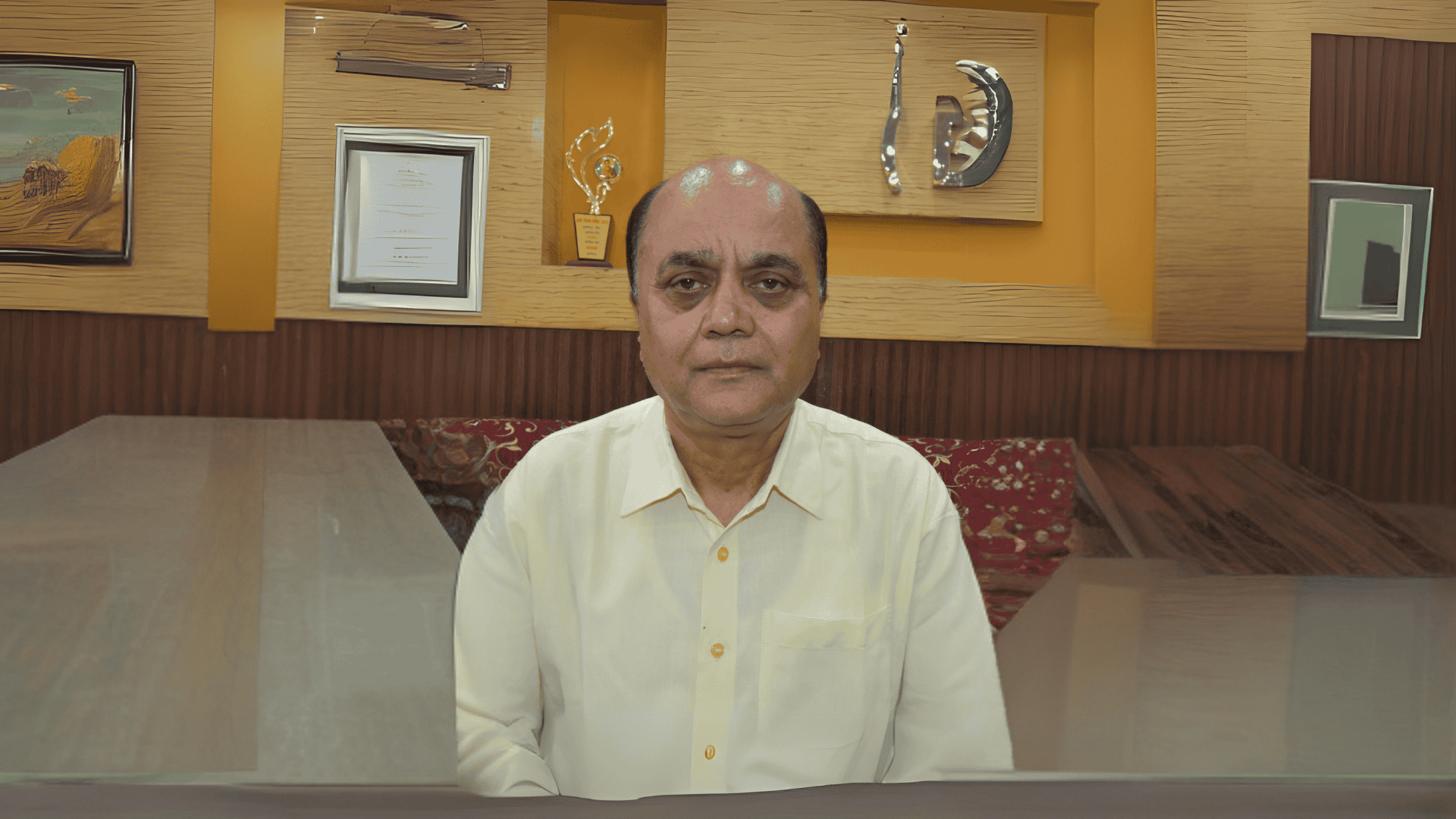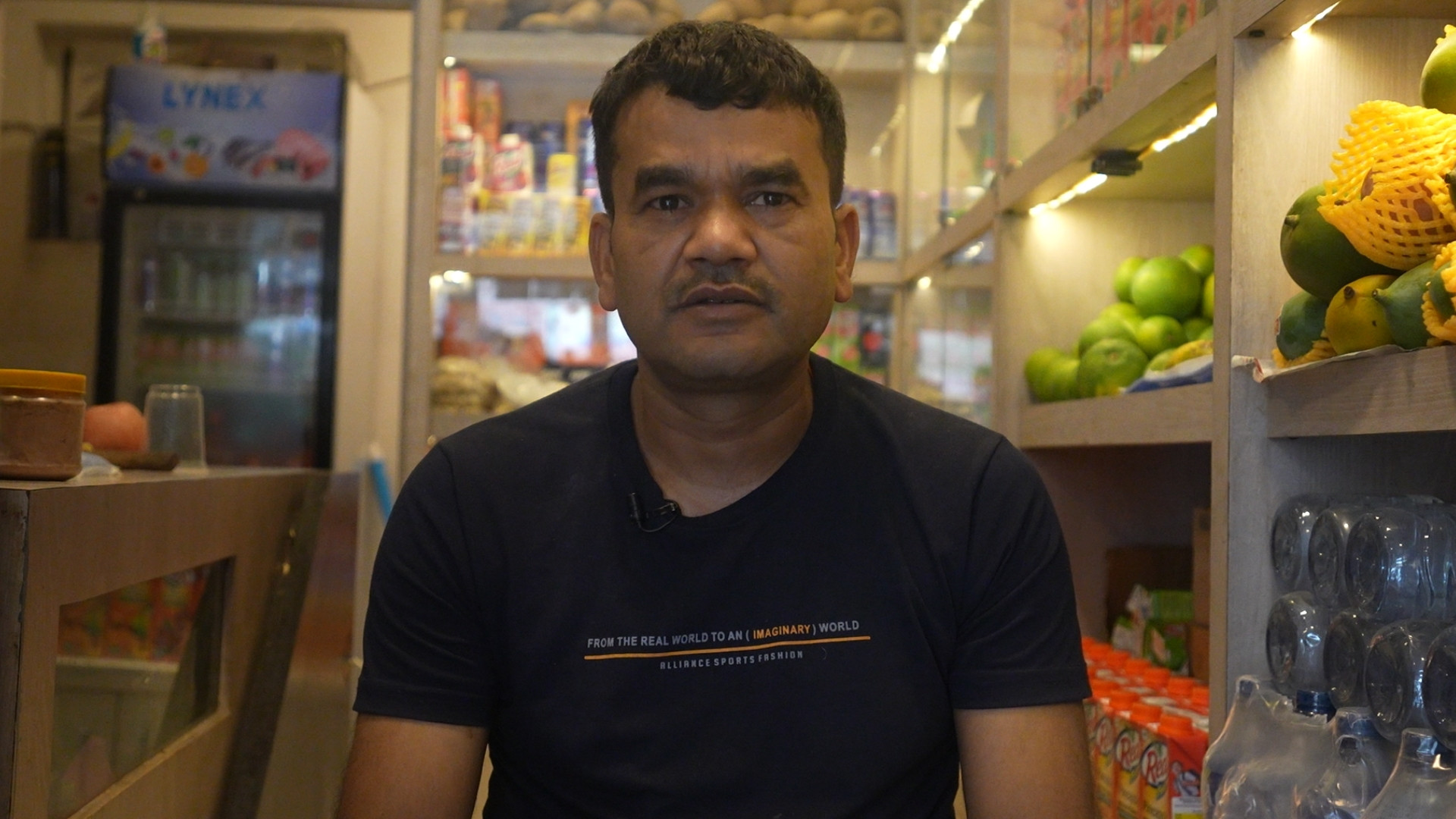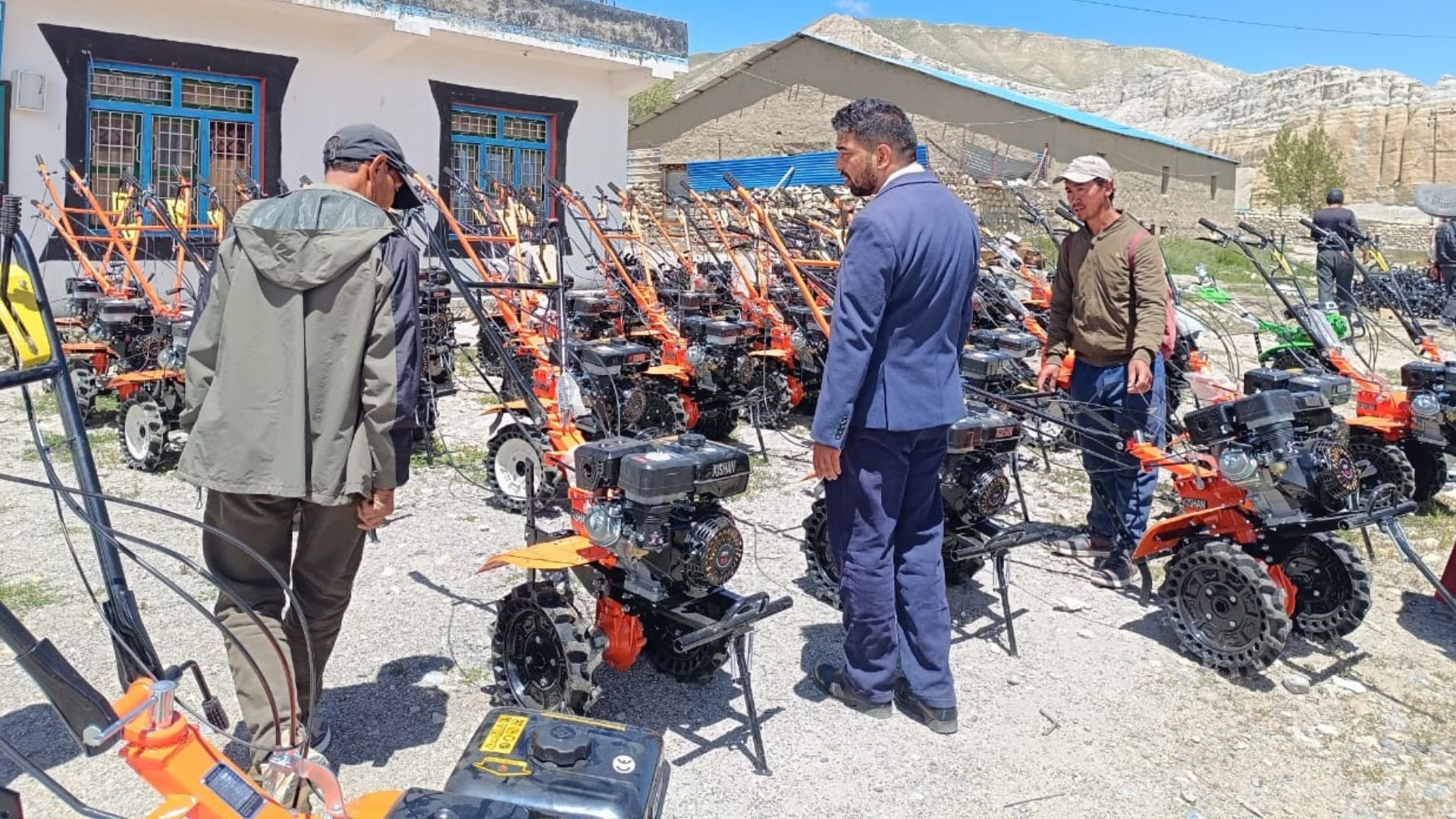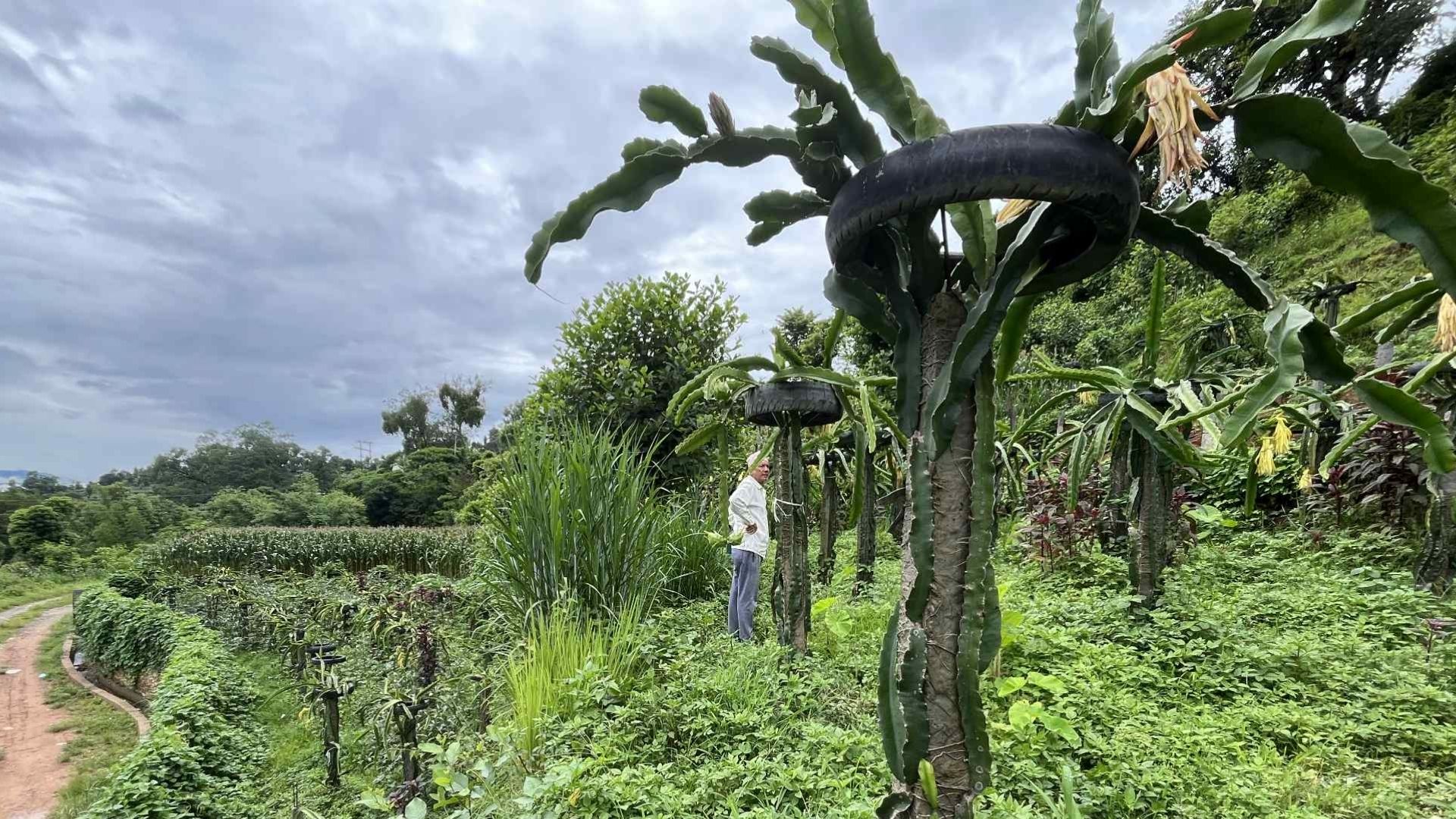Nepal’s economy shows signs of recovery, with inflation sharply falling, foreign reserves growing, and remittance inflows reaching new heights, according to recent data from mid-September 2024.
However, these can be temporary and don’t necessarily signal a lasting economic turnaround. It still grapples with challenges like a widening trade deficit and over-reliance on remittances, but also presents opportunities for businesses and investors.
Inflation eases sharply
Consumer price inflation has significantly decreased to 3.85% from 8.19% a year ago compared to the same period last fiscal year. This drop, particularly in non-food inflation, is a welcome relief for consumers and signals improved price stability.
Foreign reserves show strength
Nepal’s foreign exchange reserves have increased by 5.5%, now covering more than 16 months of imports. Gross foreign exchange reserves stood at NRs 2152.53 billion and 16.04 billion in USD terms. This provides a solid buffer against currency fluctuations and enhances the country’s financial stability.
Trade performance shows mixed results
Imports rose by 1.1%, while exports declined by 5.1%, underlining the need for a more diversified export base. The trade deficit widened by 1.8%, primarily driven by higher imports of transport equipment and telecom products.
Remittance inflows surge
Remittance inflows grew by 15.2%, reaching NPR 263.14 billion, contributing to a surplus in the current account and providing additional support to the economy.
Surplus balance of payments (BoP)
Balance of Payments (BOP) remained at a surplus of Rs. 101.77 billion in the review period compared to a surplus of Rs. 55.1 billion in the same period of the previous year. In the US Dollar terms, the BOP remained at a surplus of 757.9 million in the review period compared to a surplus of 417 million in the same period of the previous year.
Implications for businesses and investors
These trends present a mix of opportunities and challenges. The easing inflation and rising foreign reserves offer a stable economic environment.
However, the widening trade deficit and ongoing dependence on remittances highlight the need for policies that promote export growth and domestic industrial development.
For businesses and investors, focusing on export diversification, as well as leveraging the growing financial and capital market, could provide avenues for long-term growth. At the same time, there’s an increasing need for innovation and investment in sectors that can reduce the country’s reliance on imports.















